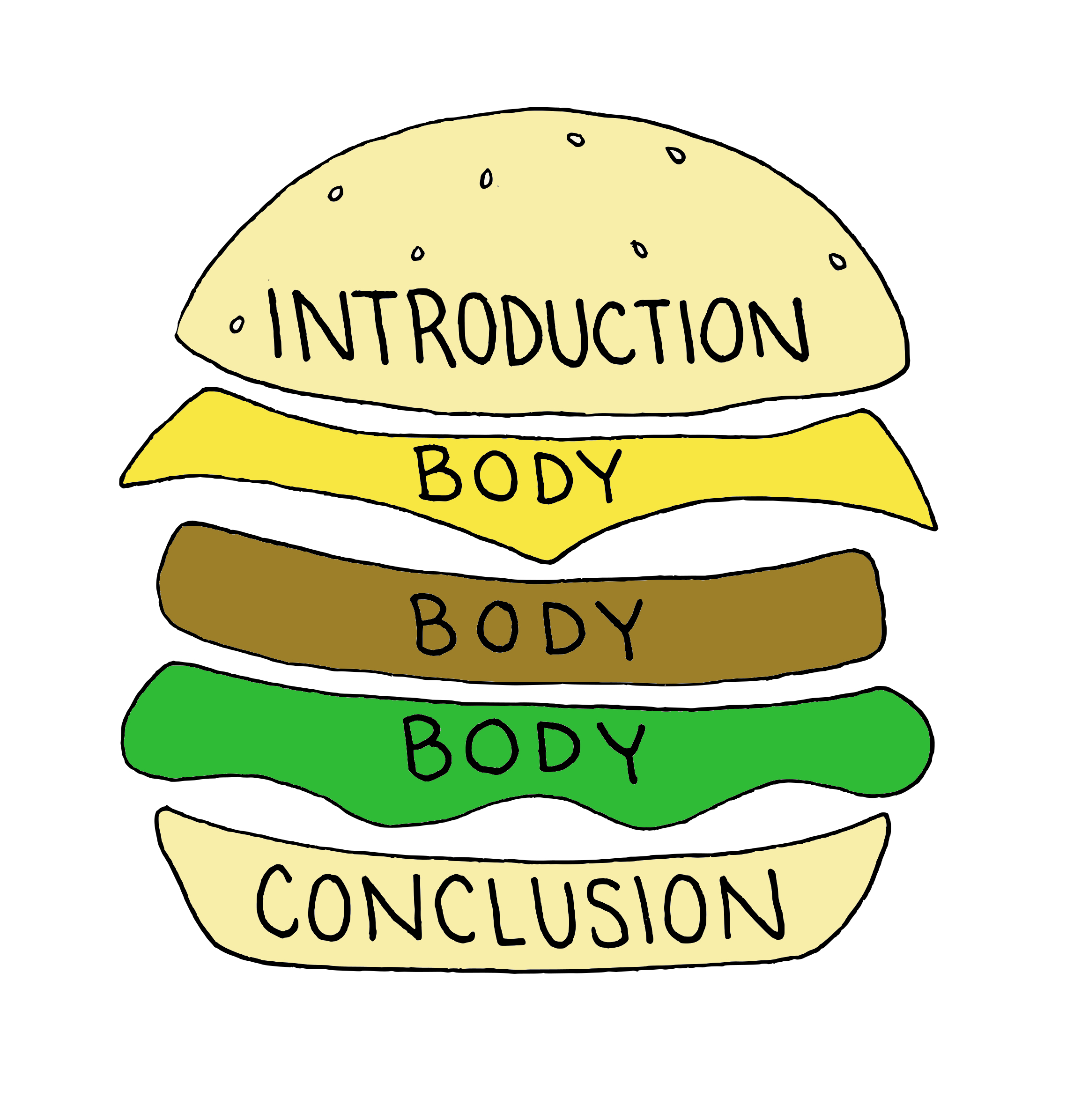67 Developing an Outline
Outlining is a useful pre-writing tool once you are at the stage where you know your topic well or at least know the areas you want to explore. It provides a map of what your paper will look like, including its components.
Traditional outline
A traditional outline (see Figure 6.7) uses a numbering and/or indentation scheme to help organize your thoughts. Generally, you will begin with your main idea, perhaps stated as a thesis, and place the subtopics/supporting idea, usually the supports for your main point, and finally expand the details underneath each subtopic. Each subtopic is numbered and has the same level of indentation. Details under each subtopic are given a different style of number or letter and are indented further to the right. Each subtopic should include at least two details. There can be as many supporting ideas as needed to support your major idea.
- Major Idea
- Supporting Idea
- Detail
- Detail
- Supporting Idea
- Detail
- Detail
- Detail
- Supporting Idea
Figure 6.7: Traditional outline
Rough outline
A rough outline is less formal than a traditional outline. You can work from a list, a brainstorm, or a freewrite to organize ideas into an order that makes sense to you. You might try colour-coding similar items and then grouping items with the same colour together. Another method is to print out your prewriting, cut it up into small pieces, and group the pieces into piles of related items. Tape the similar items together, and then put the pieces together into a whole list/outline.

Figure 6.8: Rough outline using sticky notes
Structure of the paper
Part of creating an outline is thinking about how paragraphs will structure your paper. You might already be familiar with the five-paragraph essay structure (see Figure 6.9), in which you spend the first paragraph introducing your topic, culminating in a thesis that has three distinct parts in three paragraphs, and then finish with a conclusion paragraph.

Figure 6.9: The five-paragraph burger structure
This structure is commonly taught in high schools, and it has some pros and some cons (See Table 6.5)
Table 6.5: Pros and cons of the five-paragraph essay structure
| Pros | Cons |
|---|---|
|
It helps organize thoughts. It is a good introduction to a simple way of structuring an essay that lets students focus on content rather than wrestling with a more complex structure. It familiarizes students with the general shape and components of many essays: a broad introduction giving readers context for this discussion, followed by a more detailed supporting discussion in the body of the essay, and ending by wrapping up the discussion and refocusing on the main idea. It is an effective structure for in-class essays or timed written exams. |
It can be prescribed – essays structured this way sound a lot alike. It isn’t very flexible – topics often don’t lend themselves easily to this structure. It doesn’t encourage research and discussion at the depth university-level work tends to require. Quite often, a paragraph is simply not enough space for a thorough examination of an issue. |
So, if the five-paragraph essay isn’t the golden ticket in university work, what is?
That is a tricky question! There isn’t really one prescribed structure that written university-level work adheres to. Audience, purpose, length, and other considerations all help dictate what that structure will be for any given piece of writing you are doing. This chapter has provided information about some basic guidelines and best practices.
When you have developed your outline, you are ready to write your first draft!
Attribution statement
Other than the figures, content from this page was adapted, with editorial changes and organization changes, from:
The Word on College Reading and Writing by Carol Burnell, Jaime Wood, Monique Babin, Susan Pesznecker, and Nicole Rosevear, licensed under a Creative Commons Attribution-NonCommercial 4.0 International License, except where otherwise noted. Download for free at: https://openoregon.pressbooks.pub/wrd/

